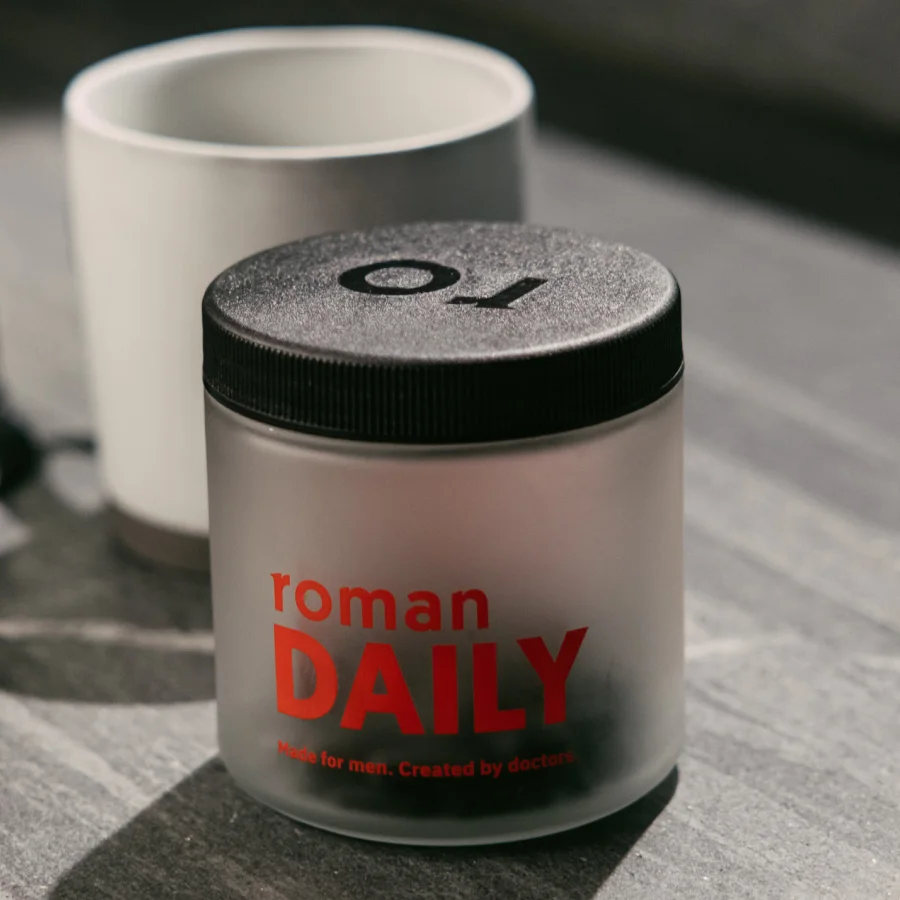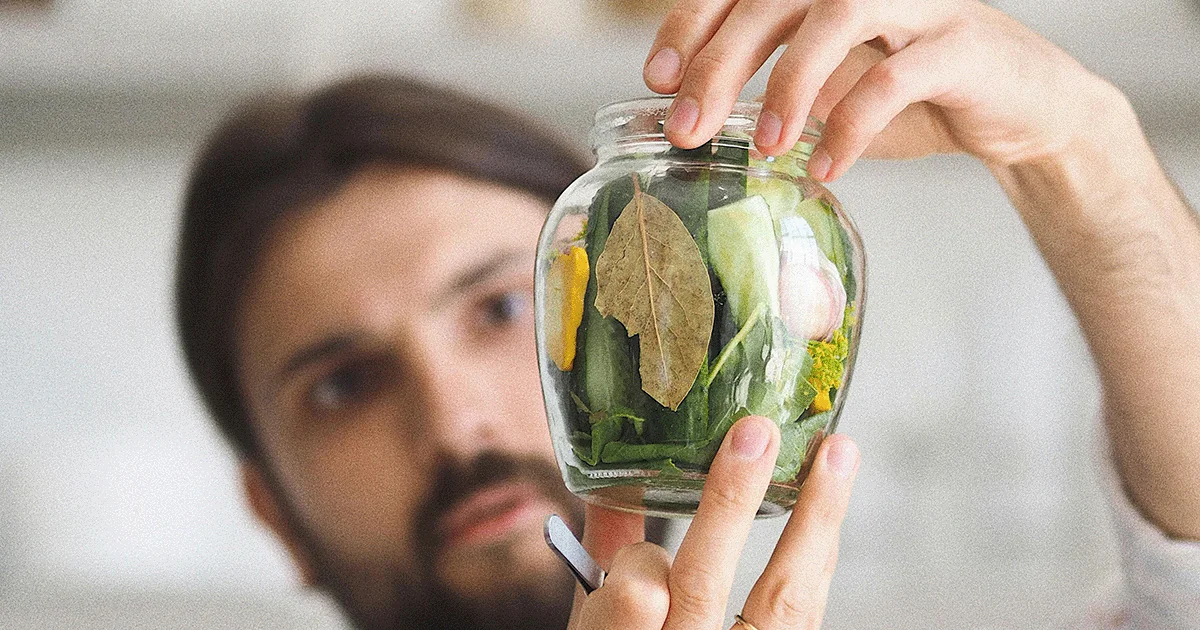Here's what we'll cover
Here's what we'll cover
Calcium is the Ashton Kutcher of the nutritional world (stick with me.) Despite taking classes in biochemical engineering, having a reported IQ close to that of Stephen Hawking, and proving himself to be an insightful angel investor, he’s mostly known as just an actor.
Likewise, poor calcium only gets credit for building strong teeth and bones even though its other work is potentially even more impressive.
Calcium is the most abundant mineral in the human body, and it’s absolutely essential for life. That’s not an exaggeration. Calcium is crucial for blood clotting and even works in tandem with magnesium to keep your heartbeat continuous and steady (Palta, 2014).
Calcium deficiency in American adults is rare, but it’s important to get enough before the age of 20–25 to decrease the risk of developing osteoporosis later in life. The importance of calcium for optimal health cannot be understated.
Your body needs calcium to build and preserve healthy bone mass. But the health benefits of calcium may extend well beyond preventing bone loss; this mineral may even help lower both systolic and diastolic blood pressure.
Why is calcium important?
Our calcium needs change several times throughout our lifetime. It rapidly increases as we grow from infants to children before seeing a spike during our teenage years as we hit critical growth phases.
When that’s done, men’s needs settle down to 1,000 mg a day from 19–71 before increasing to 1,200 mg. Women’s needs drop down slightly from 19–50 to 1,000 mg a day before increasing again at 51 to 1,200 mg.
Though their needs increase again earlier compared to men, their reference dietary allowance (RDA) stays the same through their 70s and beyond.
Foods high in calcium
Dairy products aren’t the only dietary source of calcium. There’s actually a wide range of food sources that provide plenty of this mineral, but you might want to do extra planning to make sure you’re getting enough.
Luckily, when we’re younger this number is as high as 60% to help set us up from strong bone health that lasts until later in life. Vitamin D can also help boost calcium absorption. To help you hit those numbers, we’ve compiled a list of calcium-rich foods to work into your daily diet (USDA, 2019).
Cheese
When it comes to calcium, not all cheeses are created equal. You’re in luck if you’re a cheddar fan since it’s one of the best sources you can find in the cheese case. One ounce of cheddar cheese delivers 201 mg of calcium, according to the USDA, while the same amount of Brie has 52.2 mg.
Soft goat cheese is one of the lowest with just 39.7 mg per ounce, but one ounce of hard parmesan cheese has a powerful punch of 336 mg of calcium. Another solid choice is mozzarella, which has 198 mg in a one-ounce serving.
Yogurt
No one questions the calcium content of dairy. Still, it’s worth a reminder that just a couple of servings of dairy products like yogurt help you quickly hit your calcium needs for the day. One cup of plain, full-fat yogurt, for example, boasts 296 mg. For men, that’s almost a third of their daily value.
Seeds
Some seeds are excellent sources of calcium and shouldn’t be written off because of their size. Chia seeds, for example, pack 179 mg of calcium in just one ounce in addition to being a vegan-friendly source of omega-3 fatty acids.
But they’re far from your only choice. One tablespoon of poppy seeds boasts 127 mg, and the same amount of celery seeds packs 115 mg. One ounce of sesame seeds sprinkled on a meal delivers 273 mg.
Canned oily fish
Canned oily fish has an advantage over fresh: it will cost you a lot less, though it still packs a powerful punch of calcium and vitamin D. Canned salmon, for example, has 330 mg of the vital mineral per cup.
But it’s not the only good choice in the canned food section. Add sardines to your cart and you’ll get 569 mg in just one cup. Each individual sardine has a very respectable 45.8 mg.
Legumes
High in zinc, magnesium and gut-friendly fiber, legumes also help boost your calcium intake. Use one cup of white beans in your dinner recipe for 191 mg of the bone-building mineral, or the same amount of black beans for 84 mg. Lentils deliver 37.6 mg per cup, chickpeas 160 mg.
Fortified foods
Of course, tracking down foods that are natural sources of calcium isn’t necessary. Fortified foods or products with vitamins and minerals added to them, also boast significant calcium content. Your morning cup of orange juice, for example, packs 139.2 mg per eight-ounce serving.
Soybeans and tofu
You can still get enough calcium if you’re looking for non-dairy foods to fill the gaps if you’re lactose intolerant or follow a vegan or vegetarian diet. One cup of soy milk, for example, gets you almost a third of the way to your daily value with 283 mg.
Try out Meatless Monday and make dinner with tofu, and you’ll get 142 mg per serving. There are even brands that prepare their tofu with calcium sulfate, and these types clock in at an astonishing 861 mg of calcium in a serving size of just half of a cup. If you want the least processed soy possible, snack on one cup of edamame, measured in their pods, for 58.6 mg.
Dark, leafy greens
Dark, leafy greens are a great way to sneak multiple servings of calcium throughout the day. Try kale for 53.3 mg per cup, collard greens for 83.5 mg per cup, or bok choy for 73.5 mg per cup.
This veggie specifically is just one type of Chinese cabbage; the other types are good for calcium intake as well. Tired of the same old greens? Add one cup of turnip greens to your soup, salad, or stir-fry for 104 mg, or opt for mustard greens for 64.4 mg.
Figs
It’s probably not a fruit that makes your weekly grocery list, but it’s time to add the Mediterranean staple. One large fig boasts 22.4 mg of calcium. Add a couple to your morning yogurt for a calcium-rich start to your day.
Milk
You know it as a calcium-rich food, but do you know how much it provides or how much you’d need to hit your daily goals? One cup of skim milk has 298 mg of calcium, which meets roughly a third of a man’s daily needs or a quarter of a woman’s.
Whey protein
Whey protein: it’s not just for gym-goers. Although we should all be getting in some exercise, you don’t have to be chasing muscle building to add protein powder to your diet. In fact, it can be a good source of protein and calcium that’s low-fat and calorie-conscious.
One serving of whey protein has roughly 122 mg of calcium per scoop, though the exact number will differ from brand to brand based on the company’s formulation.
Rhubarb
This is perhaps the most unexpected food on this list. But rhubarb boasts a seriously respectable amount of calcium. One cup of this stalk, diced, has 105 mg of the vital mineral.
Calcium supplements
Though there’s nothing wrong with using dietary supplements to ensure you meet your daily needs, we only absorb between 25–30% of calcium available in the foods we eat (Inst. of Med, 2011).
Calcium supplements may not be for everyone, but there are some groups who should talk to a healthcare provider about them. People following a vegan or vegetarian diet or those who are lactose intolerant may struggle to hit their needs through diet alone and might benefit from a calcium supplement.
But there are also certain conditions––such as kidney disease––in which supplementation should be closely monitored by a healthcare provider. There’s also mixed research on whether supplements are associated with heart disease. More work needs to be done to clarify whether there’s any link and if so, what it is.
DISCLAIMER
If you have any medical questions or concerns, please talk to your healthcare provider. The articles on Health Guide are underpinned by peer-reviewed research and information drawn from medical societies and governmental agencies. However, they are not a substitute for professional medical advice, diagnosis, or treatment.
Griffith, L. E., Guyatt, G. H., Cook, R. J., & Bucher, H. C. (1999). The influence of dietary and nondietary calcium supplementation on blood pressure An updated metaanalysis of randomized controlled trials. American Journal of Hypertension,12(1), 84–92. doi: 10.1016/s0895-7061(98)00224-6. https://academic.oup.com/ajh/article/12/1/84/159409
Institute of Medicine (US) Committee to Review Dietary Reference intakes for Vitamin D and Calcium, Ross, A. C., Taylor, C. L., & Yaktine, A. L. (2011). Dietary Reference Intakes for Calcium and Vitamin D: 2, Overview of Calcium. Retrieved from https://www.ncbi.nlm.nih.gov/books/NBK56060/#ch2.s5
Iseri, L. T., & French, J. H. (1984). Magnesium: Nature’s physiologic calcium blocker. American Heart Journal, 108(1), 188–193. doi: 10.1016/0002-8703(84)90572-6. https://europepmc.org/article/med/6375330
National Institutes of Health: Office of Dietary Supplements. (2019, October 16). Calcium: Fact Sheet for Health Professionals. Retrieved from https://ods.od.nih.gov/factsheets/Calcium-HealthProfessional/#h5
Palta, S., Saroa, R., & Palta, A. (2014). Overview of the coagulation system. Indian Journal of Anaesthesia, 58(5), 515–523. doi: 10.4103/0019-5049.144643. https://www.ncbi.nlm.nih.gov/pubmed/25535411
U.S. Department of Agriculture. FoodData Central. (n.d.). Retrieved October 20, 2019 from https://fdc.nal.usda.gov/index.html










